| Structure | Name/CAS No. | Articles |
|---|---|---|
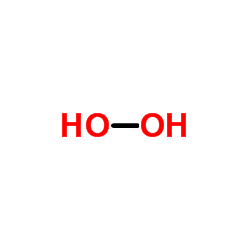 |
Hydrogen peroxide
CAS:7722-84-1 |
|
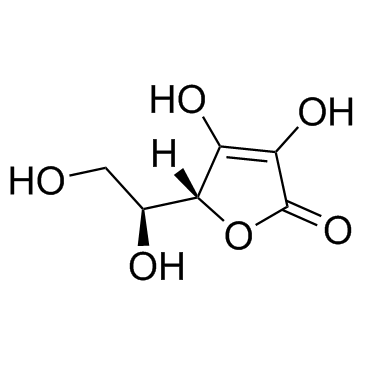 |
Ascorbic acid
CAS:50-81-7 |
|
 |
Dimethyl sulfoxide
CAS:67-68-5 |
|
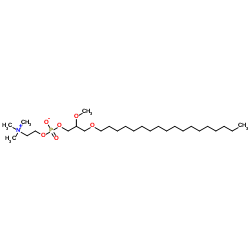 |
Edelfosine
CAS:70641-51-9 |
|
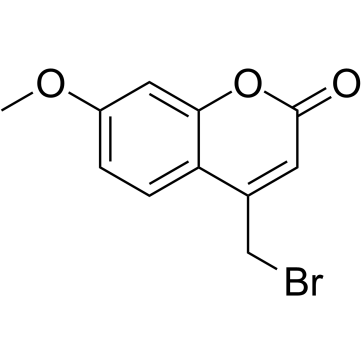 |
4-(Bromomethyl)-7-methoxy-2H-chromen-2-one
CAS:35231-44-8 |
|
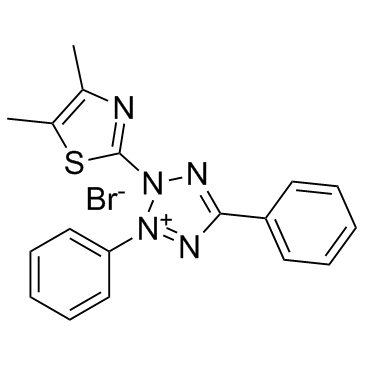 |
Thiazolyl Blue
CAS:298-93-1 |
|
 |
8-Octanoyloxypyrene-1,3,6-trisulfonic acid trisodium salt
CAS:115787-84-3 |